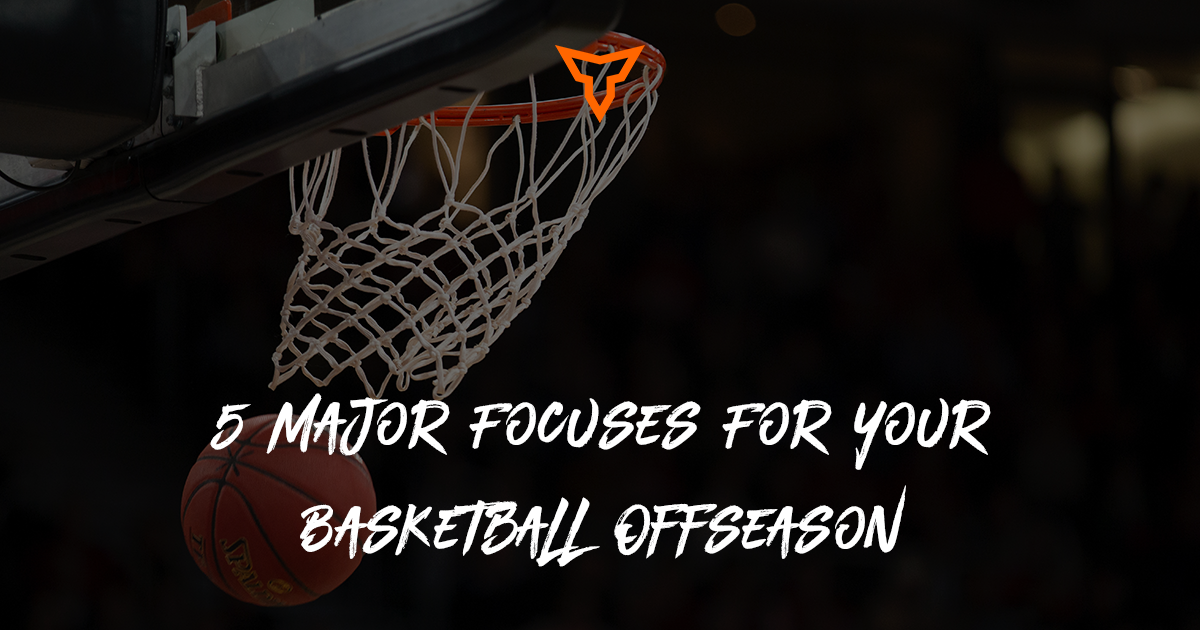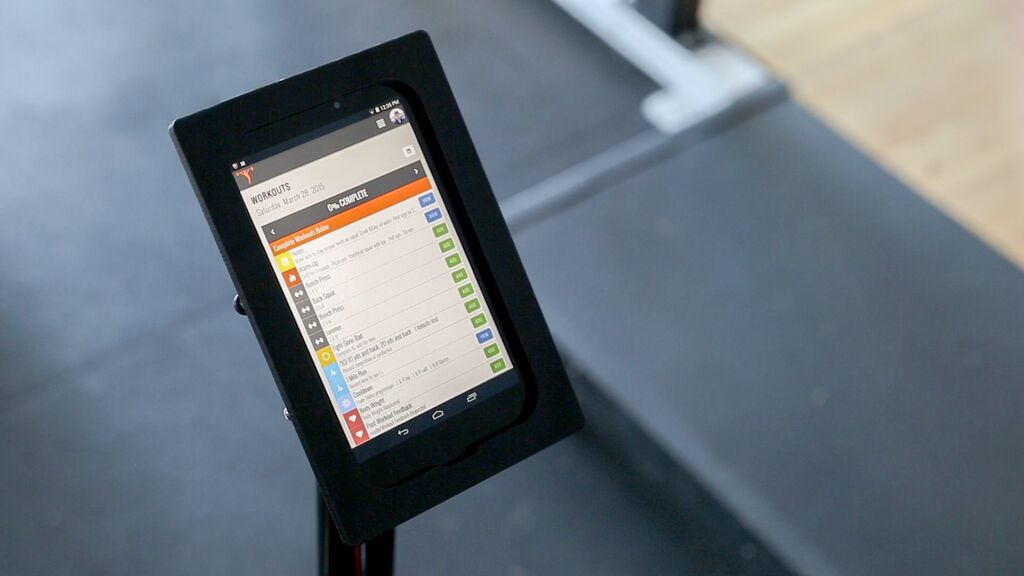This is part 4 of the 5-part series on Strategically Planning for Building or Renovating Your Facility.
If you are reading my articles for the first time, then please first check parts 1-3 here:
Part 1: Strategic Planning 101
Part 2: Building Your Dream Weight Room
Part 3: Choosing Racks, Rigs and Machines
So now, we move on to possibly the most important part of your facility: the weight and loads that you will use. First, we need to be realistic with ourselves: You can never have too much weight, but you definitely CAN need more. I would always default toward buying more weight instead of buying less weight with unnecessary bells and whistles.
The first thing you should do is decide how much weight you need and where you will need it. I would recommend trying to establish a certain amount weight per rack or rig that you would need to have that would train any athlete you train without having to borrow from other racks. Our default for the new facility we are building at Wamego High School is 450 lbs. per rack.
You also have to give some specific thoughts how many of each plate denomination you want or need. Do you need more 10’s or 5’s or 45’s? It really depends on your training plan. If you are like me, we use 5’s and 10’s as a substitute for dumbbells when group training so we don’t have to have thirty or more 5 lb. dumbbells. Hence, we need more than just 1 pair of those smaller denominations at each rack.
Now, you also need to decide if you need separate weight for your floor stations or platforms or whether you will need to use the same weight from the racks that you have. This really depends on your set-up. Our set-up ties a platform to each of our racks so we are able to use the same weight which works well as long as we use rubber-coated plates.
The next issue you should look at is the type of weight you need to buy. In our case with using the same weight for both rack and platform movements, then we need to buy a bumper type plate. You may decide to use metal plates on your racks and then buy separate bumper plates. I suggest you look at your budget and your training plan and evaluate what you need and what you can afford. Our budget led us to the decision of making our plates multi-purpose by going with rubber-coated bumper plates.
Lastly, in terms of plate-based weight, you need to decide what you can afford in terms of branding. Some companies will only sell you plain and simple weight at a very inexpensive price, but if you are interested in garnishing your school's/organization's brand then you may consider buying from a company that can put your logo or certain marks on your weights. From a eye-test standpoint, it is hard to argue against the clean and professional look of having your logo stamped on each plate in your weightroom. The real question is whether you can afford the extra cost. Be on the lookout for companies that add this feature for free as that could be the best option to get the weight you need and the look that you love.
Next, don’t forget the dumbbells, kettlebells, medicine balls, and other methods of loading your athletes. Function should drive this choice! What will you truly use and definitely need? Do an analysis of your training plan and go out and get exactly what you need. I would suggest not limiting yourself by only getting one set of dumbbells with a minimal amount of different weights such as a set that only goes from 5 lbs. to 50 lbs. At some point, you will wish you either had two sets or you had dumbbells up to 100 lbs. or more. I would definitely get references on your dumbbell manufacturer as dumbbells often are definitely prone to malfunctions and breakdowns. I would suggest the same with kettlebells, medicine balls, sandbags, and all other types of weightlifting loads. Do your homework!
Finally, depending on your budget, I would seriously consider buying weight (plates or dumbbells) that are rubber-coated to give your room a slick look and to reduce the ambient noise levels during a workout. It also makes it easier to creatively brand your product. However, do remember that rubber coating looks fantastic, but nothing looks worse than rubber coating when it fails and breaks. I would suggest a lot of research and gathering references if you decide to purchase rubber-coated weight.
Next time, we’ll have the 5th and final part of this series: “Christmas Every Year. Strategically Planning Purchases to Keep Your Room Fresh.” Happy Holidays everyone!
Subscribe to our blog
Subscribe to receive the latest blog posts to your inbox every week.
Related posts

Key Insights for Athletes Facing ACL Surgery

5 Major Focuses For Your Basketball Offseason
